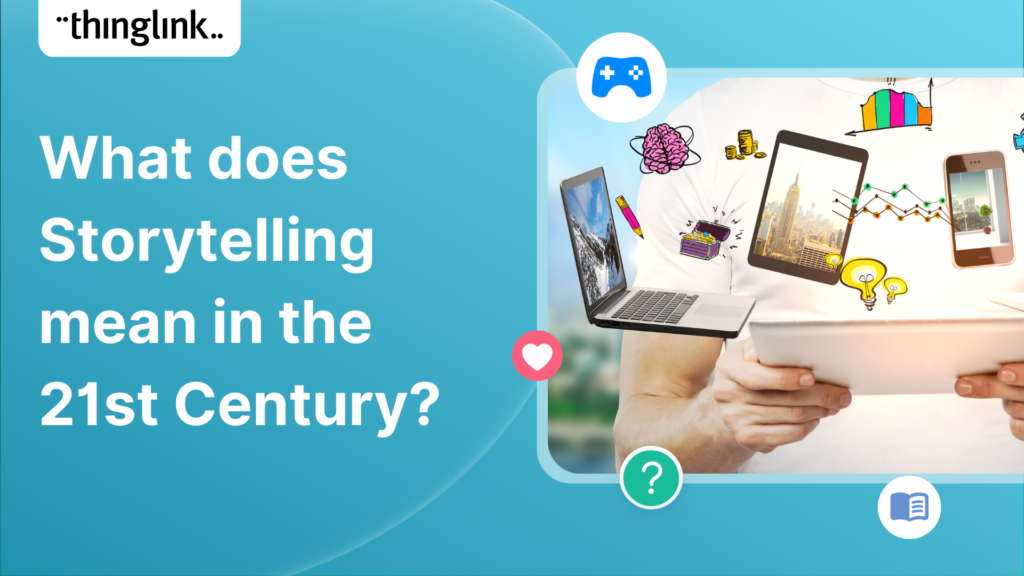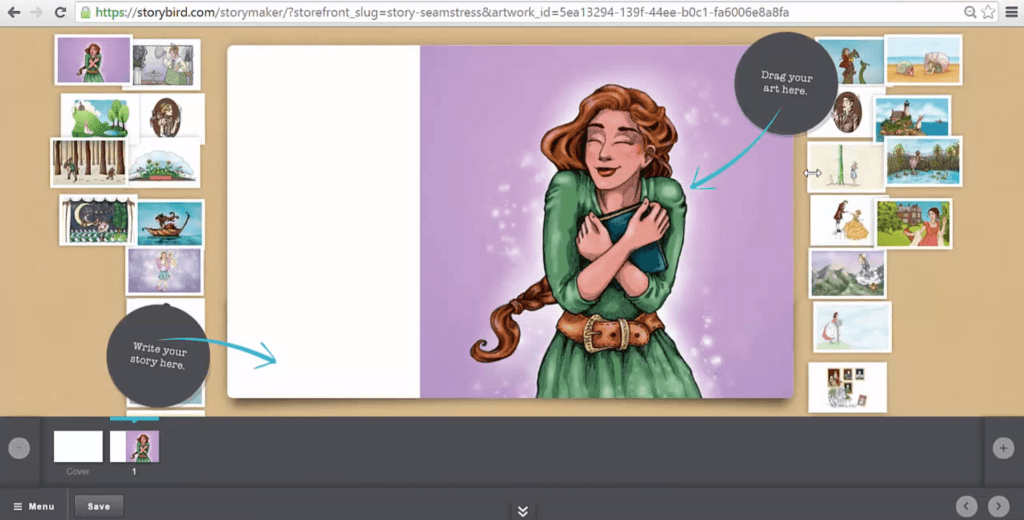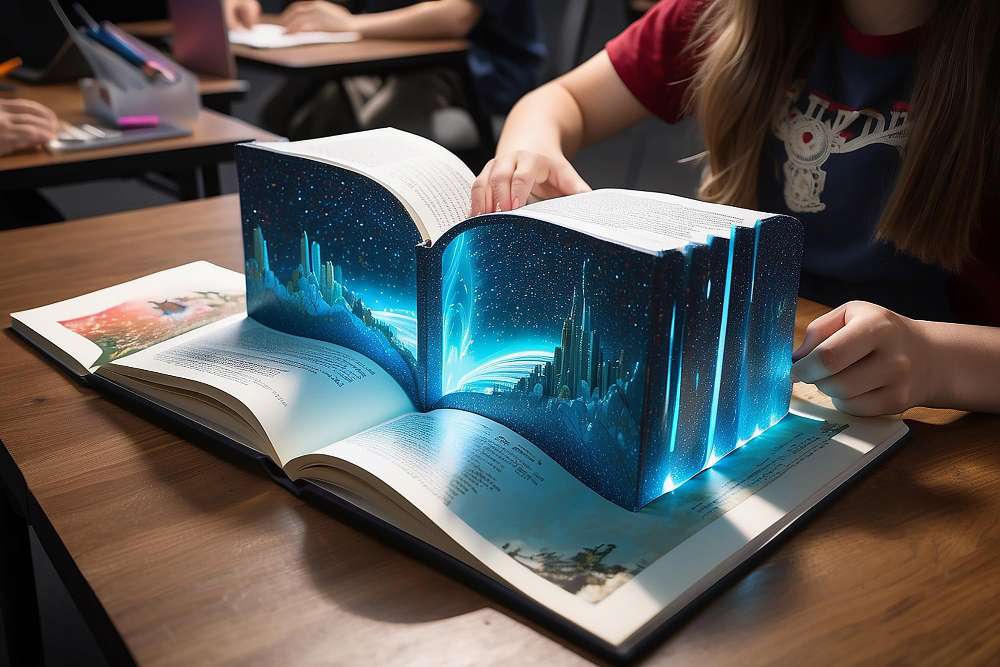In the ever-evolving landscape of literature, 21st-century novels are undergoing a transformation that is capturing the attention of readers, writers, and scholars across the United States. The rise of digital narratives—stories that incorporate interactive, multimedia, or technology-driven elements—has sparked lively discussions about the future of storytelling. From choose-your-own-adventure formats to novels that integrate augmented reality and companion apps, interactive storytelling is reshaping how Americans engage with fiction. This trend not only challenges traditional notions of what a novel can be but also opens new avenues for creativity, reader participation, and cultural commentary.

The Evolution of the Novel in the Digital Age
The novel, as a literary form, has always adapted to its cultural and technological context. In the 19th century, serialized novels in newspapers captivated readers. In the 20th century, experimental works like James Joyce’s Ulysses pushed the boundaries of narrative structure. Today, in the digital age, authors are leveraging technology to create immersive, interactive experiences that invite readers to become active participants in the story.
Digital narratives blend traditional prose with elements like hyperlinks, audio, video, or even gamified components. These stories often exist in hybrid formats, combining physical books with digital platforms. For instance, some novels now come with QR codes that unlock additional content, such as character backstories or alternate endings, accessible via a smartphone. This shift is particularly resonant in the United States, where technology permeates daily life, and readers are accustomed to engaging with content across multiple platforms.
One notable example is The Silent History, a collaborative novel by Eli Horowitz and others, originally released as an app in 2012. The story unfolds through a series of short testimonials, with location-based “Field Reports” that readers can unlock by visiting specific geographic coordinates. This innovative approach blends fiction with real-world exploration, creating a unique reading experience that resonates with tech-savvy audiences.
Why Interactive Storytelling Matters
Interactive storytelling is more than a gimmick; it reflects a broader cultural shift toward participatory media. In an era where Americans spend hours daily on smartphones, social media, and gaming platforms, passive consumption of stories is giving way to active engagement. Readers now expect to influence outcomes, explore multiple perspectives, or uncover hidden layers within a narrative.
This trend aligns with the rise of transmedia storytelling, where a single story unfolds across multiple platforms—books, websites, podcasts, or even virtual reality. For example, Ready Player One by Ernest Cline, a bestseller adapted into a major film, immerses readers in a dystopian world filled with 1980s pop culture references and virtual reality adventures. Its success highlights how digital elements can enhance a narrative without overshadowing the story itself.

Interactive storytelling also democratizes the creative process. By allowing readers to shape the narrative—whether through choosing plot directions or contributing user-generated content—authors foster a sense of ownership. This approach appeals particularly to younger readers, such as Millennials and Gen Z, who value experiences that are personalized and dynamic.
Key Examples Shaping the Conversation
Several American authors and projects have become focal points in discussions about digital narratives. One standout is Pry, a digital novella by Samantha Gorman and Danny Cannizzaro. Released in 2014, Pry combines text, video, and touch-based interactions to tell the story of a Gulf War veteran grappling with trauma. Readers can “pry” open the protagonist’s thoughts by pinching and swiping on a tablet, revealing subconscious memories or alternate perspectives. This fusion of storytelling and technology has been praised for its emotional depth and innovative design, earning accolades from literary and tech communities alike.
Another example is S., a collaboration between J.J. Abrams and Doug Dorst. Published in 2013, this novel mimics a library book, complete with handwritten notes, postcards, and maps tucked between its pages. Readers uncover a secondary narrative through the marginalia, which tells the story of two students communicating through the book. While not fully digital, S. incorporates multimedia elements that encourage readers to piece together the story like detectives, blurring the line between reading and sleuthing.
These works have sparked debates about the definition of a novel. Traditionalists argue that digital elements distract from the literary experience, while proponents see them as a natural evolution. As novelist and critic Zadie Smith noted in a 2019 essay, “The novel has always been a mongrel form, absorbing whatever tools are at hand.” For many, digital narratives are simply the latest chapter in this ongoing evolution.
The Role of Technology in Expanding Access
Digital narratives are also making literature more accessible. In the United States, where 80% of adults own a smartphone according to Pew Research, digital platforms allow authors to reach diverse audiences. Interactive stories can be tailored to different reading levels, languages, or accessibility needs, such as incorporating audio narration for visually impaired readers. Projects like Inanimate Alice, a digital novel series by Kate Pullinger, use simple animations and text to engage young readers, including those who might find traditional books intimidating.

Moreover, digital narratives are breaking down economic barriers. Many interactive stories are available for free or at low cost through apps or websites, unlike hardcover novels that can retail for $30 or more. This affordability aligns with efforts to make literature inclusive, particularly for underserved communities.
Challenges and Criticisms
Despite their promise, digital narratives face challenges. Creating a high-quality interactive story requires collaboration between writers, programmers, designers, and other specialists, which can be costly and time-intensive. Additionally, not all readers embrace the shift. Some prefer the tactile experience of a physical book and find digital elements distracting or gimmicky. Others worry that the focus on interactivity might prioritize spectacle over substance, diluting the depth of traditional storytelling.
There’s also the issue of technological obsolescence. A novel tied to a specific app or platform risks becoming inaccessible if the technology becomes outdated. For example, early digital novels from the 1990s, built for now-obsolete software, are difficult to access today. This raises questions about the longevity of digital narratives compared to the enduring nature of printed books.
The Future of Interactive Storytelling
The conversation around digital narratives shows no signs of slowing down. In the United States, universities like MIT and Stanford are offering courses on interactive storytelling, blending literature with computer science. Meanwhile, platforms like Twine, a free tool for creating text-based games, have empowered amateur writers to experiment with interactive formats. These developments suggest that digital narratives will continue to grow, driven by both established authors and grassroots creators.
Looking ahead, emerging technologies like artificial intelligence and virtual reality could further transform storytelling. Imagine a novel where an AI adapts the plot based on the reader’s choices or a VR experience that places readers inside the story’s world. Companies like xAI, which focuses on advancing human discovery through technology, could play a role in shaping these innovations, though their current work centers on AI-driven tools like Grok rather than narrative-specific projects.
Engaging a New Generation of Readers
Digital narratives are redefining what it means to read a novel in the 21st century. By blending technology with storytelling, authors are creating experiences that are immersive, inclusive, and dynamic. For readers in the United States, where digital culture is deeply ingrained, these stories offer a fresh way to connect with literature. Whether through a smartphone app, a multimedia book, or a gamified narrative, interactive storytelling invites us to rethink the boundaries of fiction.
As discussions about digital narratives continue, one thing is clear: the novel is not static. It evolves with its readers, reflecting the tools, values, and imagination of its time. For those eager to explore this trend, resources like the Electronic Literature Organization (https://eliterature.org/) offer a wealth of examples and insights. Similarly, platforms like The New York Times Books section (https://www.nytimes.com/section/books) and LitHub (https://lithub.com/) regularly cover innovations in storytelling, providing a window into this exciting literary frontier.
Must Read :- Sustainable Jewelry Made from Recycled Materials Gains Traction Among Eco-Conscious Consumers in the USA






